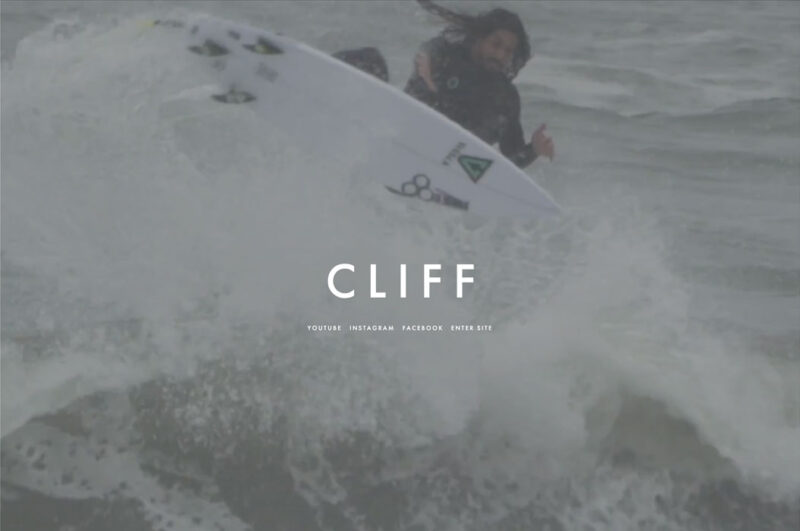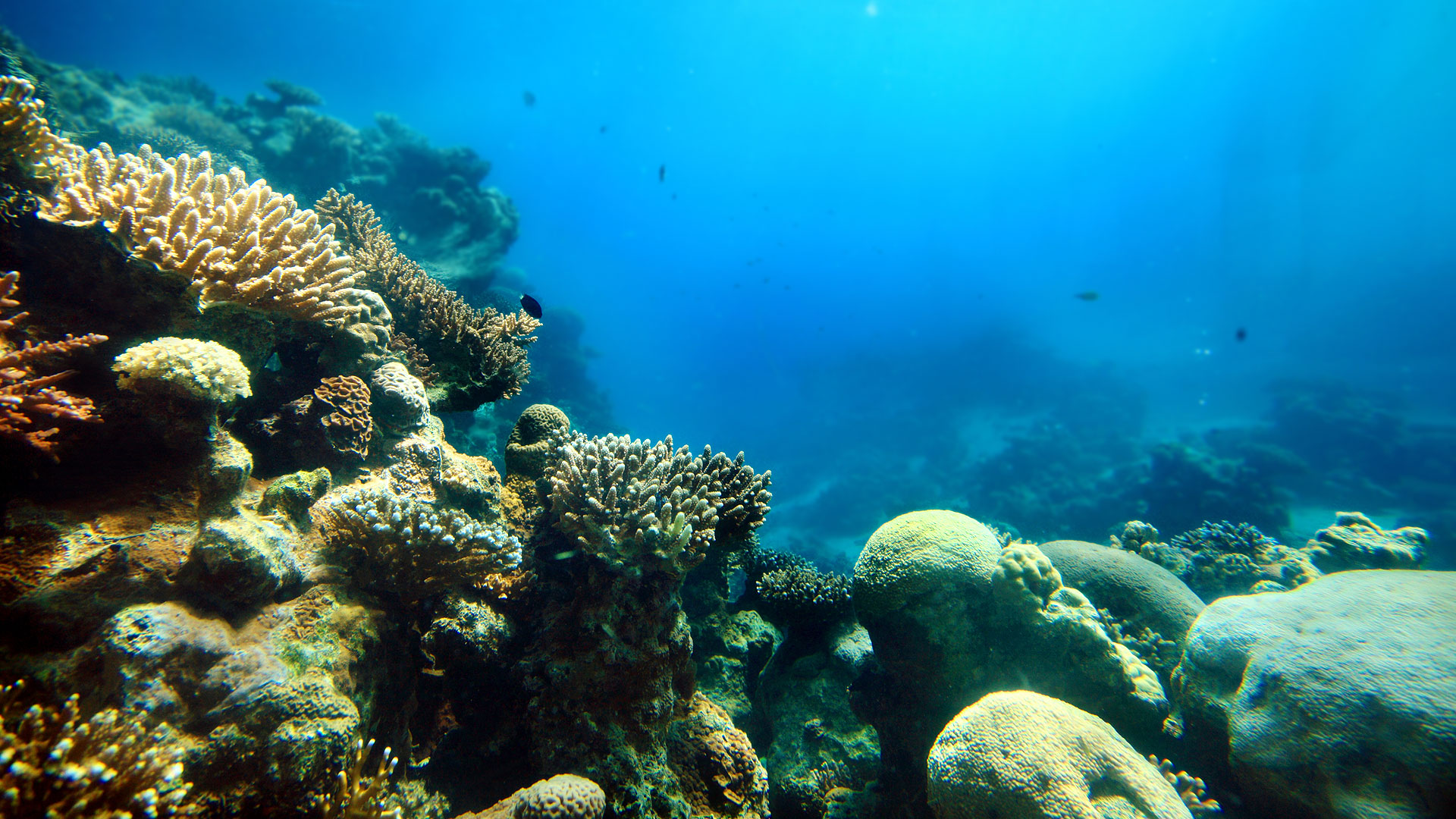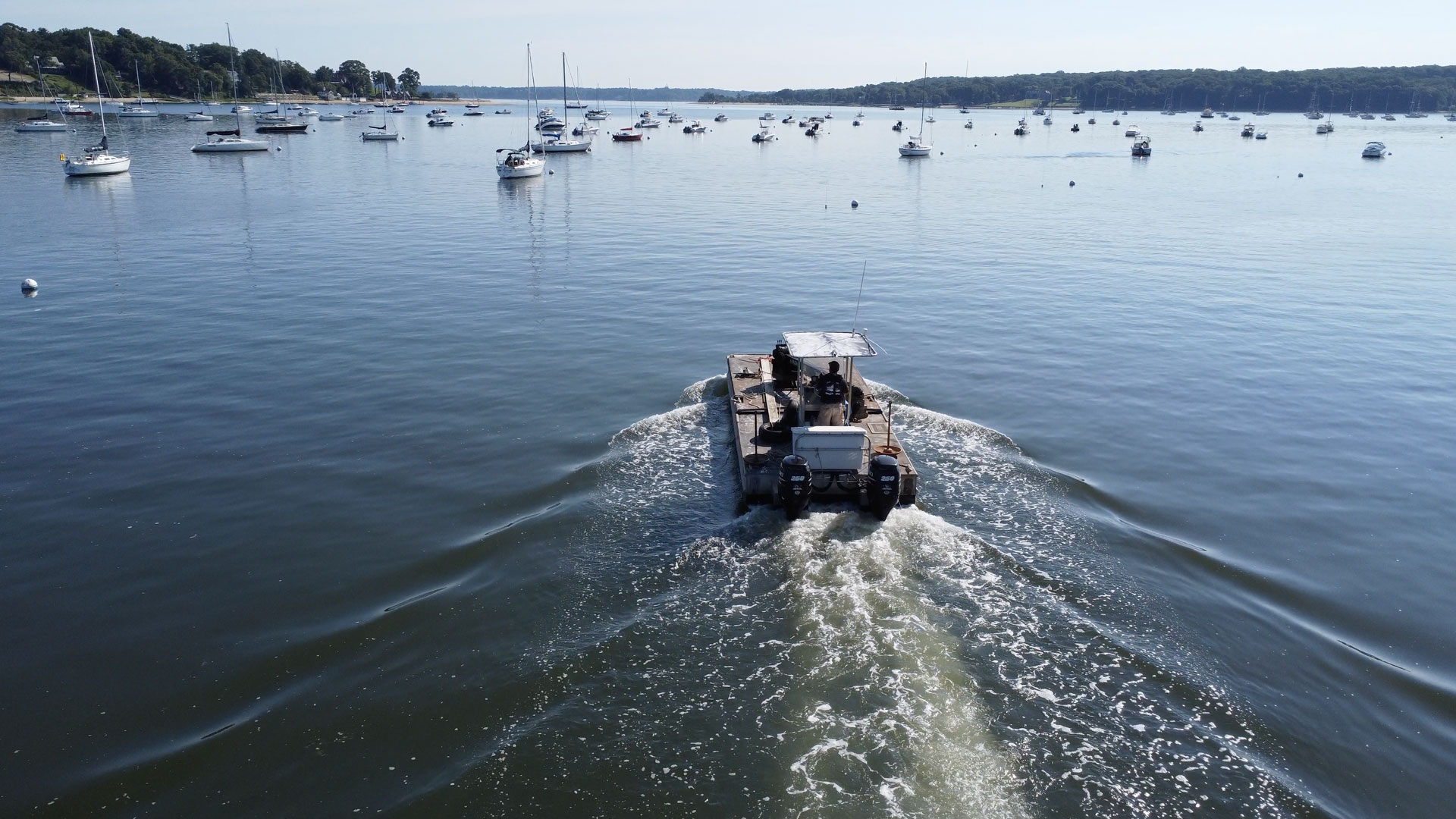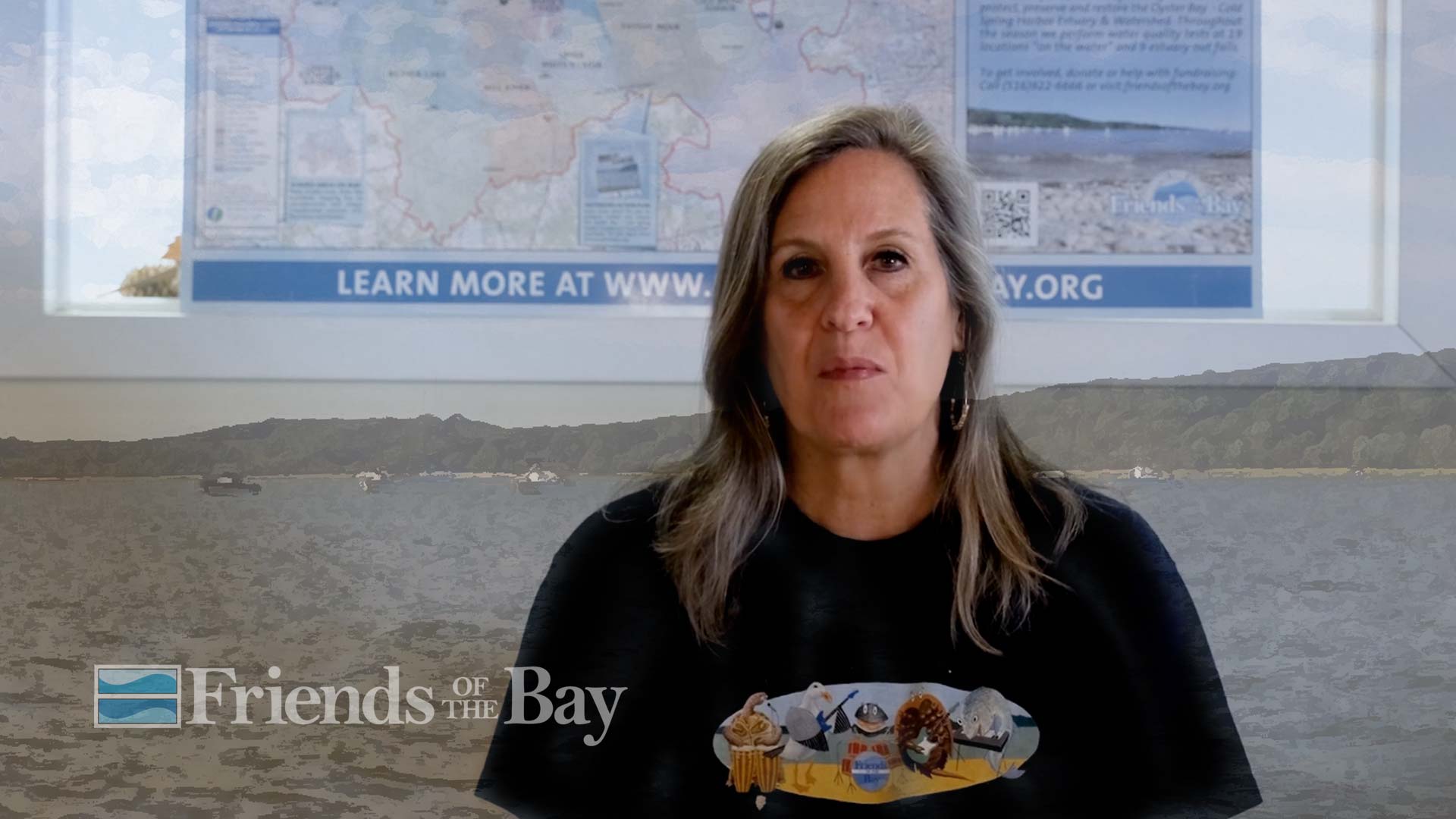A CONVERSATION WITH DR. CLIFF KAPONO
Native Hawaiian, professional surfer, journalist, and marine conservation scientist
Tell us a bit more about yourself and what you do.
I’m from Hilo on the Big Island of the Hawaii. It’s on the Eastern coast of the most Eastern island. Our side of the island is not very touristy. The economy is made up of teachers, public service members like ocean lifeguards, firefighters, and healthcare workers. We’re very intertwined with the day-to-day recreation at the beach, fishing, and hunting.
I left my town to go to school and, through my education, was able to obtain a few degrees. I got a degree in biochemistry, and then I got my PhD in Analytical Chemistry in California. I had never left Hawaii, really, until I went to California. As I was going to school, I got introduced into the surf industry. My professional surfing career came to me as a byproduct of trying to get an education.
Now I split my time between surfing and using my education to develop new technology to protect the waves. I’m someone who wants to surf the best waves and find out how to protect them.
What made you into the conservationist you are today?
In Hawaii, you’re indoctrinated into the philosophy of Aloha Aina. It’s like love for the land, but a deeper type of love. You don’t just care about it, it’s like a family member. You are obligated to maintain a level of respect and care and, because our family values are very strong across our indigenous community, it fits right in. I need to protect the land or I can’t live here anymore.
On an island, it’s very easy to see resources be overused and exploited by certain members of the community. If you are put in that camp, it’s a lonely camp. It’s not as communal, not as supportive. I wanted to be a part of my indigenous community, and a lot of the core values in our community are to be stewards and community members.
How is wave conservation related to coral conservation?
Waves break over sand and rock, but the waves I really enjoy surfing are waves that break over coral reefs. It’s dangerous, but it’s also beautiful to see these animals below you. They’re actually living animals feeling you as you’re going past and over them in the water. They sense your chemistry that you’re emitting, and they react to it too. If you fall on the reef, there’s inflammatory molecules that are emitted from the tissue of the coral, and it makes your skin just blow up like crazy. All this interaction happens on a chemical level, and they’re always there.
There’s energy in the wave. They create an upwelling of energy. Long, consolidated energy swells move across the ocean floor, and when they hit a shallower piece of bathymetry, that energy is pushed up towards the surface, which causes the curl and the break of the wave. So, without the coral reef, that energy couldn’t get projected upwards to cause the wave to break.
Sometimes you’ll see a turtle, sometimes a whale, shark, dolphin, or a seal surfing with you. But with the coral, those animals are always there every time. They’re with you as you’re experiencing these crazy sensations and feelings in the waves. It’s like your dancing partner.
They’re the only animals besides humans that make waves. It’s something that, selfishly as a wave rider, I really appreciate about them. From a cultural perspective, we have origin stories that date back to coral being our oldest ancestors. It’s really cool to share space with them!
Watch the full interview of Dr. Cliff Kapono!
How do the chemical and molecular signatures of coral reefs and humans overlap, and how do you use this to inform your coral reef research?
In graduate school, I took the coral and looked at what their chemical composition was made up of. There was a huge peak in the data that showed one of the molecules most abundant in the tissue of a human. I ended up extracting it and trying to identify what the structure was. It wasn’t a new molecule, it wasn’t something we could cure cancer with, but it did help us figure out is that there are molecules in the reef that are found in human lungs and heart.
People were not as excited by it because it wasn’t a new molecule. But I was excited, because this molecule hadn’t been identified in coral yet. We share actual chemistry that hasn’t changed over millions of years. What’s important in coral tissue is also important in our tissue. And what tissue is it very important in? The heart and the lung.
If you think about it on a more philosophical level, what are the coral reefs to the planet? They ensure proper circulation, stabilization, and respiration. So, truly, these coral reefs are the heart of the sea, and the lungs of the planet. These types of stories help me to better communicate why coral reefs are so amazing and important.
It keeps at the front of my mind what can I do to be a better steward of them, promote research to protect coral reefs, and create new technology so that I can try to do it on my own. I’m like an evangelist — I’ve dedicated my life to them.
Hopefully that inspires someone to find whatever it is they love and be a part of stewarding that. It doesn’t have to be reef, it can be a certain type of pine tree, or a grass, or it could even be a wind. Wind, sun, rain, and snow are all things that can be protected and maintained, and we have a role in it. If developments block out access to these things — if you start putting up dams or wind farms — that’s just as damaging as ripping out coral reef with anchors or using non-reef-safe sunscreen.
Why do you build 3-D models of coral reefs?
We have a slogan: “Observe and conserve.” Understanding what’s going on is the first step to protecting something. By creating models and three-dimensional maps, we’re given a whole other dimension of information. If we just take a picture of the top, or we listen to someone’s story, those are very powerful data sets, but can we add some sort of structure to it that we can go back and revisit?
Now, when we hear the story of the elder that used to go to one part of the reef and grab lobsters, we can say; “Is it over here? Is this where you’ve seen it?” And they can say, “Yeah, now they’ve migrated here.” It’s a way to better communicate what’s going on with the reef!
We’re going to Fiji next month with the MegaLab and in partnership with Reef Footwear. We’re working with the local community to bring three-dimensional modeling technology. We take a series of photos, and we construct these models that they can go back and add on. This can be their baseline. I know that, just like in Hawaii, people in Fiji rely on tourism for economic stimulation or support, and there’s not much ability to compare or assess the damage that’s being done.
3D model of coral reef used for long-term monitoring of coral health at Waiopae, East Hawaii. Source: John_HR_Burns
If you look at a three-dimensional model of a reef and this reef brings in one million dollars a year from tourism, the coral reef is worth this much money over x amount of time. But it’s dying at x rate. So, actually, bringing more people is going to damage the long term value of the reef itself. It’s like a car — the more you use it, the more it’s going to depreciate over time. People won’t want to drive without knowing the condition of the car, without taking photographs and asking, “Was this dent here before? Did it have a scratch?”
By creating models and seeing – at millimeter resolution – how the reef is changing, you can make informed decisions and better manage resources. And then we can add supplemental information on top of it, whether it’s anecdotal stories through someone’s fishing experience, the chemistry that exists in different parts of the reef, disease, fish abundance, or algae coverage versus coral reef coverage.
I’ve recognized through my experiences that it’s very difficult for people to grab onto those ideas. If I can explain to someone in Kansas that they have the same chemistry as the coral reef, if I can tell them that these organisms that live in the ocean are facilitating every breath that they take, maybe that can better their relationship with corals. For me it’s about providing evidence so people can make a behavioral change or be willing to accept that something’s gotta’ give.
Tell me about the Honoli’i project and how you’re working to study the effect of land runoff on coral reefs
Honoli’i is the reef that I grew up fishing and surfing in. When I was growing up, it was like my playground, my classroom. When I came back from California I asked myself, if I had to spend a lot of time trying to protect a reef, why not protect my reef that I belong to at home? So, that’s what I did with the Honoli’i project.
It’s supported by the National Science Foundation in a biology postdoctoral grant. Through through that grant I was able to formulate a project that wasn’t solely based on finding data and extracting that resource. What I don’t feel is talked about enough is the idea that science can be very colonialistic in its conception, but also in its perpetuation. People often don’t have any regard for whose data is a part of that. Whether it’s a tribe or a community, these datasets have been taken care of and managed for millennia.
Oftentimes we scientists come in and extract that data, make papers, become famous professors and seem like we’re saving the world. I didn’t want to do that in my home. I wanted to celebrate the indigenous people that come from there; my people, my community.
The Honoli’i project is about finding reefs that are resilient, reefs that have been smashed by runoff, reefs that are under brown water, and face a lot of pressure from the changing world, much like the people of Hilo. We’re trying to stay relevant in a changing world, and as native people, even as local people, that can be very tough.
If these coral reefs, who are our ancestors and have been here for millions of years, are experiencing the pressures of antibiotics, overdevelopment, agriculture, tourism, waste, and are still thriving against all odds, maybe it can inspire us to feel like we can make it through this as well.
So, the Honoli’i project is just as much social as it is scientific research. It’s trying to find molecular changes and evidence that these coral reefs are resilient. Could we help them a little bit more? Sure, just like everyone needs help. But resilience is ingrained in their DNA and we share physiological molecules across at least two species. I’m hoping this can connect us back to our home reefs and our home beliefs.
What are the pollutants you are most concerned about affecting Honoli’i?
Definitely agricultural runoff and antibiotic use for agriculture. There are cow farms and large-scale agricultural monocropping. The coastline was heavily impacted by the sugarcane plantation from the 1850s to the 1980s. There’s heavy metals in the soil, and there’s a lot of pesticides. There’s also a waste treatment center on top of the cliff, so I’m worried about human waste and fecal matter entering the ocean.
When sedimentation blankets out the reef, it creates this layer that prevents photosynthesis for symbiotic algae that live in the tissue of the coral and provide food. I’m trying to explore this idea. I don’t know if sedimentation alone is harming the reef, or if it is in combination with development or antibiotic use. I want to provide the scientific community with an example of coral reefs that are still thriving under heavy pressure in order to safeguard these reefs and understand other damaging factors that we’re not exploring.
I’m lucky that Honoli’i is managed. It’s a river mouth and a beach. There’s not a lot of hotels or anything like that. I can calculate the environmental footprint of human contact using data about the number of people who recreate at the beach annually, the number of homes, the acres of farmland, and the types of farms that are there.
What is the Road to the Sea Foundation and what do they do?
The Road to the Sea foundation is the non-profit lab we created, called the MegaLab (Multiscale Environmental Graphical Analysis Lab). At the MegaLab, we want to do things big and party for the ocean and the planet. It was founded out of the belief we don’t have to take ourselves too seriously, even if we’re serious about protecting our planet.
We’re made up of skaters, surfers, divers and artists. We’re like the misfits. We don’t fit the mold of what it means to be a scientist. We’re trying to shed the stereotype of what it means to be a scientist, and what it means to be a conservationist. We believe that you don’t even need degrees to be an effective conservationist or scientist.
Financial resources can alleviate the stress and pressure of getting advanced degrees, or finding and supporting technology that could potentially improve the condition of our planet. Road to the Sea Foundation is the nonprofit component to our lab and is able to accept funds that provide tax incentives for our supporters. With the resources we obtain, we develop new technologies that protect our oceans, and we provide it to people that need it the most: coastal communities, indigenous people, and young people getting education.
Can you talk a bit about those new technologies? Are there particular tools you’re excited about?
Structure from motion photogrammetry, which we use to model and create these three-dimensional coral reef maps, is relatively new. John Burns, the founder of the MegaLab, was the first scientist to implement these methods in marine systems. Prior to that, it was mostly used in archaeology, aerial-spatial mapping, and video games. It’s 10 years old, and we’re applying it on a global scale. It’s becoming a standard operating procedure for the world.
We’re also creating ways to overlay supplemental data on top of these three dimensional maps, such as bacteria levels, or putting in programs to account for potential coastline changes. My specialty is in metabolomic and microbiome research, so I’m looking at the chemistry and molecular shifts of systems. By combining three dimensional mapping with the inventorying of chemistry and bacteria, and overlaying these things using programs like ArcGIS, we can see how changes can occur. That, to me, are the methods that we’re developing; the technological advancements in taking pre-existing or next-generation technologies and combining them together to see if we can find new ways of conservation.
We’re starting to print three dimensional corals to see how they respond in marine environments. How does the natural world accept these artificial reefs that we’re printing and putting back into nature? We still don’t know. We’re trying to use artificial reef systems and chemical support to better stimulate coral reef growth. We may see that resilient corals from Hilo have something very specific to their survival. When we find those resilient factors, we can implement them into our artificial reef. Can we reintroduce these factors that ensure resilience across the reef?
What is the Cliff-Notes project?
Cliff Notes is a way to celebrate the idea that you don’t need to have a degree to be a scientist, and you don’t have to be special to care about the planet. Cliff Notes is celebrating unconventional scientists who can be anyone — they can be a mechanic, or a pilot, or a day-care sitter.
In our everyday lives, we use the scientific method to solve problems. Whether people are conscious of it or not, a lot of people are making and supporting climate change solutions in their everyday lives. If we can highlight them, perhaps we can get people excited about this idea that we are scientists, and science isn’t an exclusive club you cannot join. It’s accessible and it’s for everyone.
That’s the vision of Cliff Notes. We want to celebrate unconventional environmentalists. People like Ethan Estis, a Stanford graduate on track to get his PhD in environmental science, who studied migration patterns of tuna fish in Japan, but really just wanted to make art! He started making incredible art using mismanaged resources or waste. He’s taking waste out of the environment and he’s also doing something he loves.
Coral reefs have become an emblem of the climate crisis. What is the current state of coral reefs?
I’m hopeful. I believe in the resilience of these organisms. They’ve been here for millions of years and I would like to believe they will be here for millions more. If we don’t care for them, then we are more at risk.
Turning that into action? I think that’s recognizing we have a dependency on the marine environment which keystone species like coral reefs are critical for. If we disrupt that balance, we’re the ones that are going to lose in the climate crisis. Coral reefs are going to figure out a way.
Think about it: These are poly-clonal organisms, all you really need is one survivor. If one survivor makes it in this primordial soup of chemicals and waste, it will become the new coral reef, and maybe in a million years that will outlast. We don’t have that time.
I’m hopeful the reef will survive. Am I hopeful we will? Not with the way that we’re doing things. Which is sad, because I think, in a more colonial world, maybe that time scale doesn’t really matter for people having the conversation right now. This is more about my great-great-great-great-great- grandchildren. That’s who it’s going to affect. If you weren’t raised thinking about seven generations down your line, It’s easy to make decisions just for you, and that becomes a problem.
I firmly believe that indigenous knowledge, intergenerational knowledge, and family values are critical in the climate change conversation, as well as ensuring people get out and experience natural environments. It doesn’t matter if you’re in the middle of the continental United States and can’t see a coral reef, because we’re all connected to the water system. The same water over these reefs is going to go up into the atmosphere and bring snow to places in the middle.
Finding a way to connect with nature and making that a part of our education is really important.
What are the most important things ordinary people can do to protect and restore coral reefs?
Be outside. First, it’s important to uplift your relationship with the natural world. Going to the park and listening to birds, or finding out where winds come from in the city. You don’t have to plant a garden, you don’t have to ban your plastic use or reduce your fossil fuel consumption, those are great, but all big issues that take a lot of commitment. But normalizing that relationship of being out in nature — even if it’s five minutes a day — you’re exercising your stewardship muscle.
By going outside and starting to strengthen that stewardship muscle, all those other things are going to be easier to do. It’s going to be easier to shift fossil fuel consumption, explore alternative energies, implement different practices, get involved in policy, celebrate indigenous communities, and make the communal collective stronger.
TRANSCRIPTION: TCP Editor in Chief Ellyn Lapointe
Dr. Cliff Kapono is a professional surfer, chemist and journalist. Born on the eastern shores of Hawai‘i, his life involves equal parts science as it does surf. While contributing several peer-reviewed publications to the fields of molecular bioscience, he has also produced a handful award-winning films that discuss indigenous activism, ocean conservation, global food security and virtual reality. He has been profiled in publications such as The New York Times, NBC, CBS, Surfer Magazine, and more. Cliff is currently based in Hilo, Hawai‘i and can be found tinkering in the lab when not chasing the best waves on the planet.
Want to learn more or get involved? Check out these resources!
To learn about the MegaLab efforts to protect the oceans, go here!
Get involved in the Road To Sea program!
If you are interested in becoming a volunteer in the Hawaiian Islands, visit Hawai’i Land Trust!





